
When we hear the word "curry," we might picture a rich, spiced dish with a creamy sauce, perhaps something universally recognizable. But the truth is, "curry" is a term that doesn’t do justice to the incredible diversity of these dishes across the globe. Curry isn’t a singular recipe but rather a variety of spiced dishes, each with its own regional influences, history, and ingredients. In fact, curries are so diverse that there's truly one for everyone. Don’t believe us? Here’s a flavorful tour of 10 of the most popular types of curries from around the world.
1. Indian Chicken Tikka Masala
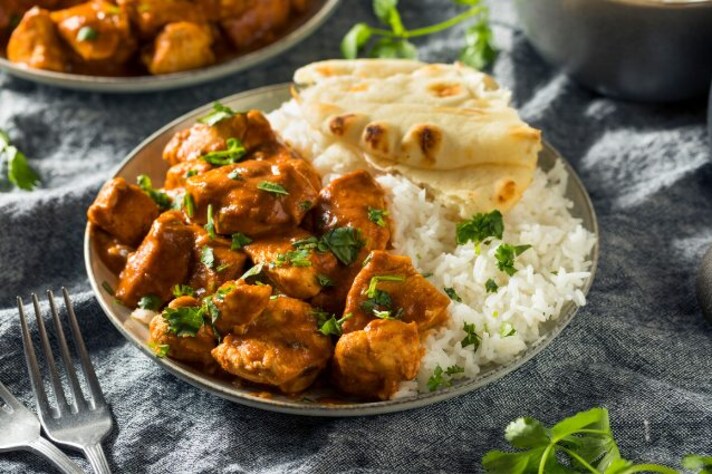
Let’s start with the classic: chicken tikka masala. Although debated for its true origins—some argue it’s British rather than Indian—it’s become a curry that represents the richness of Indian cuisine globally. This dish is made with marinated chicken pieces, grilled and then simmered in a thick, tomato-based sauce spiced with garam masala, cumin, and coriander. Cream or yogurt is often added to give it a silky texture. Whether it’s a British pub or an Indian restaurant, you’ll find tikka masala in menus worldwide.
2. Thai Green Curry (Gaeng Keow Wan)
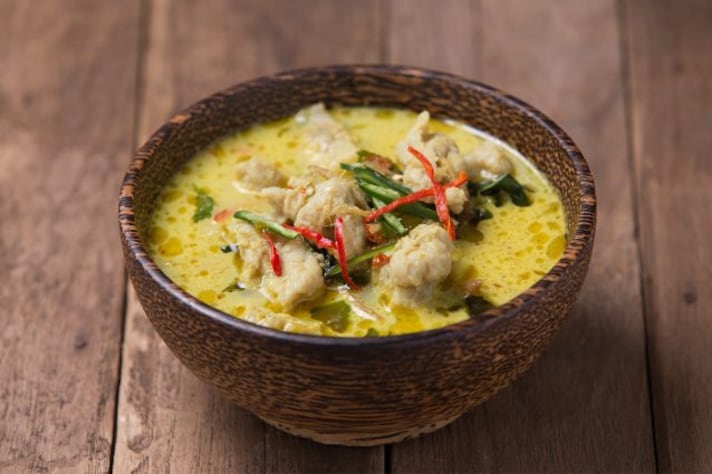
Known for its vibrant color and bold flavors, Thai green curry is a favorite in Southeast Asian cuisine. It gets its bright green hue from fresh green chilies, which are blended with ingredients like garlic, lemongrass, and ginger to create a fragrant curry paste. The curry is then cooked with coconut milk, Thai basil, and vegetables or meats, offering a balance of spicy, sweet, and creamy flavors. You can enjoy green curry at any Thai restaurant, often with jasmine rice.
3. Japanese Katsu Curry
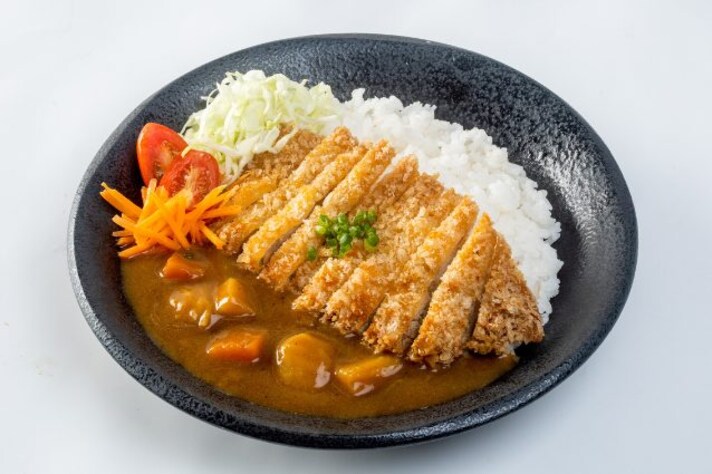
Japanese curry is a milder take on curry, and its most iconic form is served with breaded, fried pork or chicken cutlets, known as katsu. The sauce is thick and slightly sweet, usually made from a base of curry powder, onions, carrots, and potatoes, and then poured over steamed rice. Japanese curry is a comfort food staple, available everywhere from school cafeterias to upscale dining in Japan. It’s perfect for those who prefer a gentle heat.
4. Jamaican Curry Goat
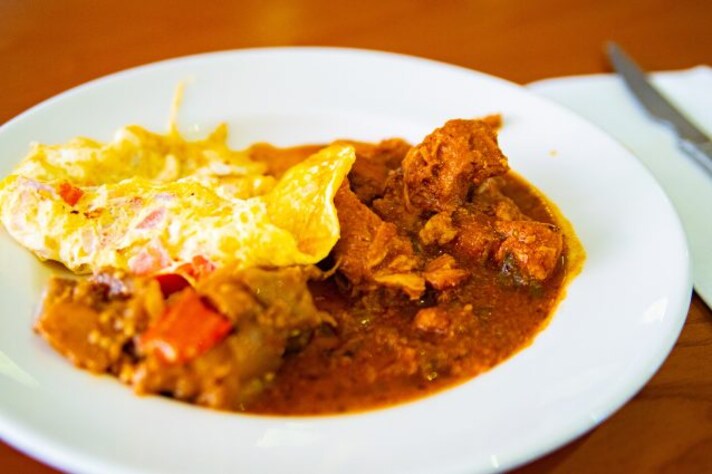
Jamaican curry goat is a dish bursting with Caribbean flavors. Spicy and earthy, the curry powder used here has its own distinctive flavor, influenced by Indian spice blends but with local twists, like the addition of allspice and Scotch bonnet peppers for heat. Goat meat is simmered for hours until tender, absorbing the bold flavors of the spices. This dish is popular at Jamaican family gatherings and festivals, often served with rice and peas.
5. Sri Lankan Fish Curry
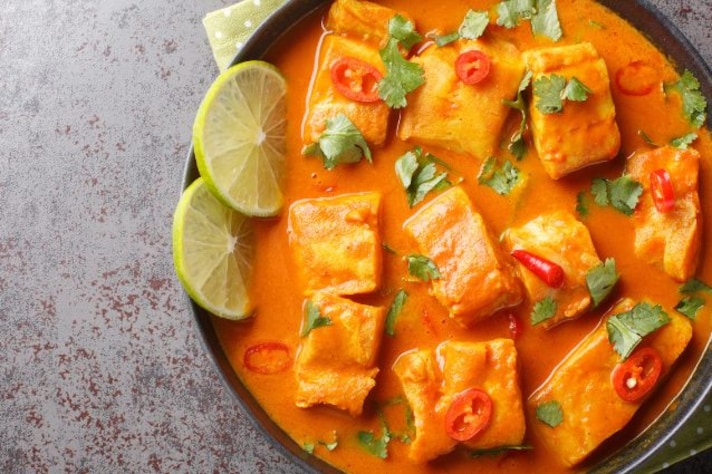
Sri Lanka’s coastal geography means that fish curry is a household favorite. Made with coconut milk, tamarind, and a blend of Sri Lankan curry powder that often includes mustard seeds, fenugreek, and plenty of curry leaves, this dish offers a beautiful blend of spicy, tangy, and creamy flavors. The fish—usually tuna or mackerel—is simmered until tender in this fragrant sauce. You'll find this dish all over Sri Lanka, from street vendors to fine dining establishments.
6. South African Bunny Chow
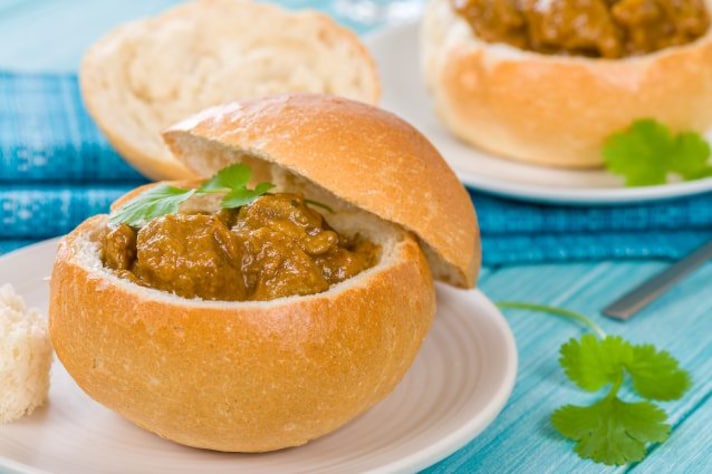
No rabbits involved here! Bunny chow is a South African street food classic that originated in Durban, with strong Indian influences. It consists of hollowed-out bread filled with a spicy curry, typically made with beef, lamb, or chicken. The curry itself is rich and hearty, spiced with a combination of Indian masala and local flavors. The bread soaks up the curry, making it a delicious, handheld meal. It’s a must-try if you’re visiting Durban.
7. Malaysian Rendang
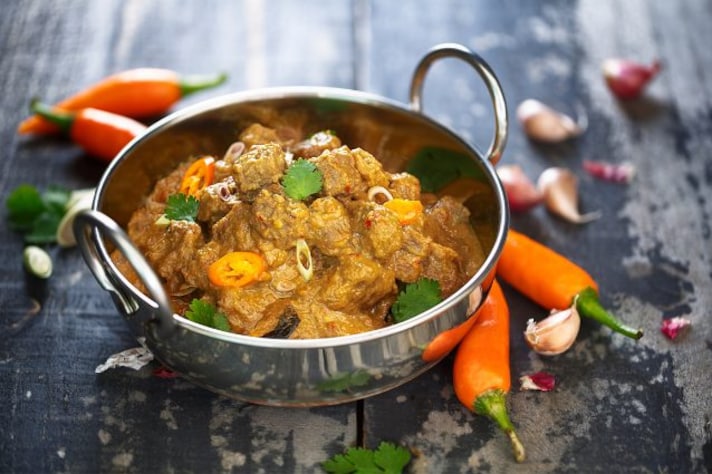
Rendang, often associated with Malaysia and Indonesia, is a slow-cooked dry curry that’s deeply flavored and incredibly aromatic. Traditionally made with beef, this dish is cooked with coconut milk and a mix of spices including galangal, lemongrass, and turmeric. What sets rendang apart is its cooking method; the sauce reduces until it clings to the meat, creating a rich, caramelized flavor. Rendang is often served during celebrations or festivals, and you’ll find it in both Malaysian and Indonesian kitchens.
8. Burmese Ohn-No Khao Swe
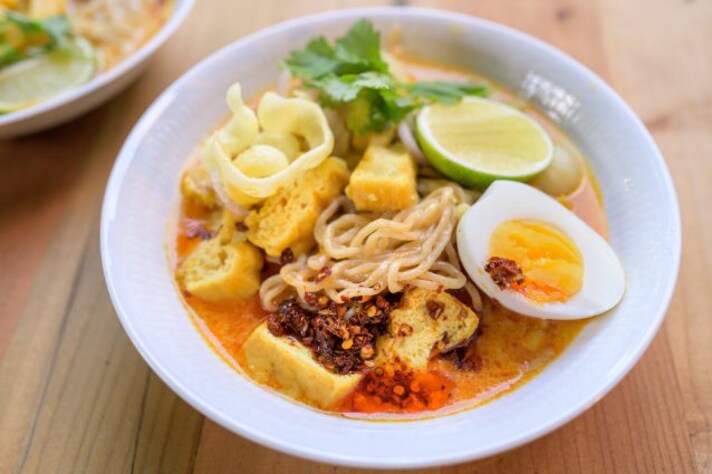
Ohn-No Khao Swe is a Burmese coconut noodle curry that blends Indian, Chinese, and Thai culinary influences. The curry is made with chicken cooked in a fragrant coconut broth, thickened with chickpea flour. It’s served over noodles and garnished with hard-boiled eggs, crispy onions, and fresh cilantro. A comforting and filling dish, this curry is a beloved staple of Burmese cuisine and can be enjoyed in Myanmar’s local eateries.
9. Indian Vindaloo
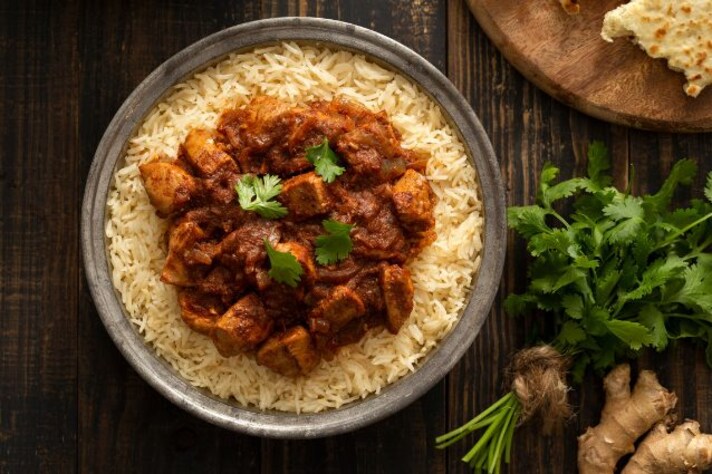
Vindaloo, originally from Goa, India, is a fiery, vinegar-based curry influenced by the Portuguese. Traditionally made with pork marinated in vinegar, garlic, and spices, this dish is now commonly made with various meats and is famous for its heat. Red chilies, cumin, and mustard seeds form the backbone of the spice mix, making vindaloo one of the spiciest curries around. Despite its heat, it’s beloved for its bold, tangy flavor and is popular in both Indian and British cuisine.
10. Pakistani Nihari
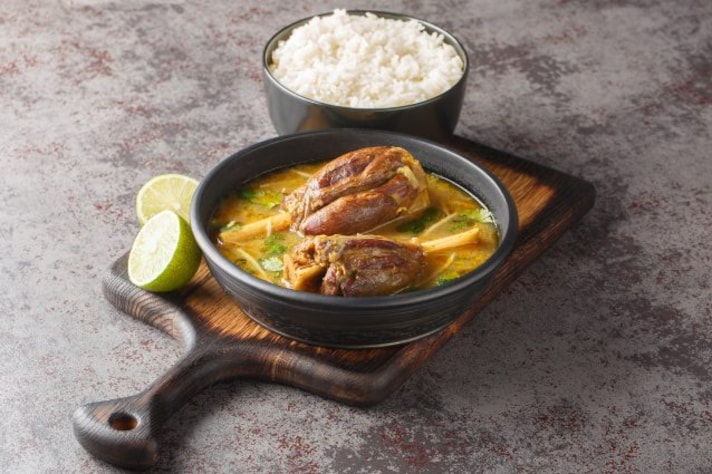
Nihari is a slow-cooked stew originating from the royal kitchens of the Mughal Empire in Pakistan. It’s made by braising meat, often beef or lamb, with a variety of spices including ginger, fennel, and cardamom. The curry is simmered for hours, resulting in tender, flavorful meat and a thick, rich sauce. Nihari is traditionally eaten for breakfast in Pakistan, served with naan or paratha. Its slow-cooking method makes it a labor of love, perfect for a weekend feast.
;Resize,width=767;)
